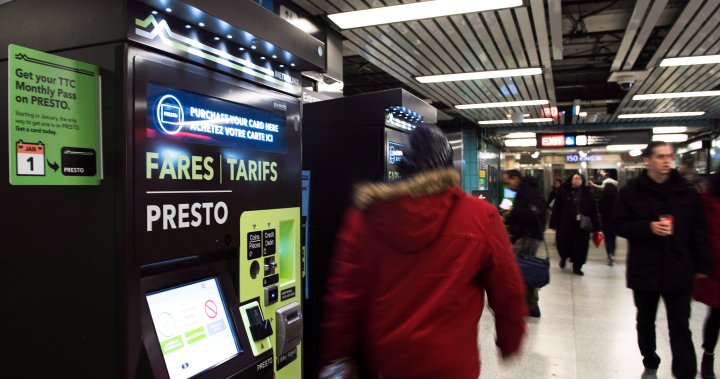More than 35 million trips were made using Ontario’s fare integration program during its first year, according to data from the provincial government.
In February last year, the Ford government launched its OneFare plan and promised to eliminate the barriers for commuters switching between transit systems in and around Toronto.
Commuters changing from services like the TTC to MiWay or York Region transit used to pay a new fare for each municipal boundary they crossed — or when they switched to the GO train and bus network.
The new plan did away with the second fares, charging customers a single fare and reimbursing transit agencies for the funds they should have collected.
If a rider started on the TTC and then switched to a Brampton Transit bus, for example, they would only pay to ride the TTC and the government would reimburse the Brampton transit agency.
Figures from the Ministry of Transportation show the program quickly took off, with 35 million rides in just under a year.
Get daily National news
Get the day’s top news, political, economic, and current affairs headlines, delivered to your inbox once a day.
As a result, the Ford government spent more than $113 million reimbursing different agencies for second fares. That number falls into the ballpark sources suggested before the program launched when it was estimated to cost $100 to $150 million.
The TTC received the largest cheque from the province, which reimbursed it for $55 million worth of transit fares. Metrolinx received $26 million for lost fares on GO Transit and York Region Transit was reimbursed $17 million.
Jonathan English, a fellow at the Marron Institute of Urban Management who helped push for fare integration when he worked for the Toronto Region Board of Trade, said the program was working.
“It’s pretty clear that it’s been a success,” he told Global News.
“What we’re seeing is a big shift in people taking transit or taking more convenient trips on transit, like faster routes to get to where they want to go — thanks to fair integration.”
If the province plans to expand the program, English said GO train fares should be reduced on shorter distances to shift riders off overcrowded subways.
“The problem is that if you’re in Scarborough, it’s still, say, $7 to get downtown on GO versus just the TTC fare (of $3.30) if you take the subway,” he explained.
“And we want to get people to switch to GO if we can, because those routes have extra capacity, as opposed to the subway where we’re spending billions of dollars to add capacity.”
© 2025 Global News, a division of Corus Entertainment Inc.


